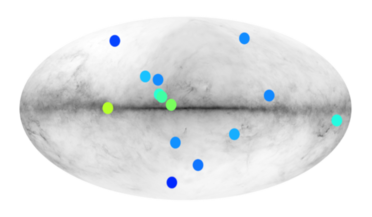 30 April 2021
Scientists identify 14 stars that could be made of antimatter
30 April 2021
Scientists identify 14 stars that could be made of antimatter
... would be much less gas and dust in interstellar space to accrete onto any potential antistars. Without a strong gamma-ray signature showcasing their whereabouts, these far-out antistars would easily evade detection. As tantalising as antistars are...
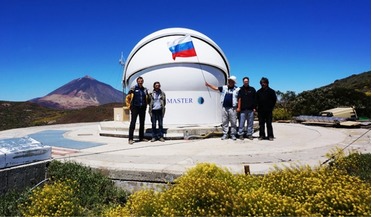 February 2017
Global robotic network for monitoring near-Earth and outer space
February 2017
Global robotic network for monitoring near-Earth and outer space
... of some of the brightest emissions in the Universe – gamma-ray bursts (GRBs). By analysing the light from a number ...that occurs when two neutron stars merge. Identified by a short gamma ray burst lasting just one-tenth of a second, and shining 1000...
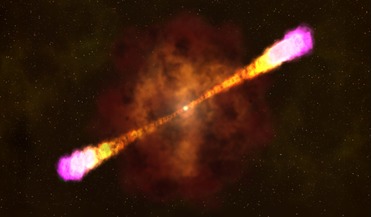 11 October 2016
GRB afterglow observed by ALMA for the first time
11 October 2016
GRB afterglow observed by ALMA for the first time
...Millimetre/Submillimetre Array (ALMA) to study the afterglow of a gamma-ray burst (GRB) – an event classed as one of the... that GRB events are characterised by a short flash of gamma-ray photons followed by a long lasting afterglow that can be observed...
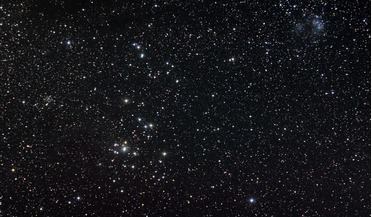 30 November 2018
All of the starlight ever produced calculated by scientists
30 November 2018
All of the starlight ever produced calculated by scientists
... of the fog to be measured not just at a given place but also at a given time in the history of the Universe. "Gamma-ray photons traveling through a fog of starlight have a large probability of being absorbed," said Ajello. "By measuring how many...
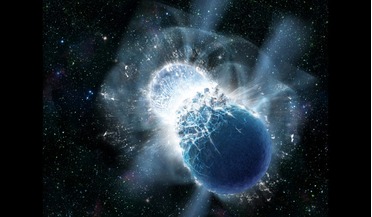 16 October 2017
First detected neutron star merger reveals more than gravitational waves
16 October 2017
First detected neutron star merger reveals more than gravitational waves
... merger of binary neutron stars, although not everyone agreed on this theory. For GW170817, the gamma-ray burst was detected in gamma-rays, X-rays, optical light and infrared light, thus spanning a large portion of the electromagnetic spectrum. The...
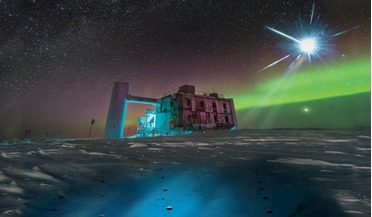 13 July 2018
Neutrino discovery helps resolve a century-old riddle
13 July 2018
Neutrino discovery helps resolve a century-old riddle
... follow the neutrinos lead to zero in on the same object. However, before that happens the joint neutrino/gamma-ray detection must be thoroughly scrutinised to be nothing short of infallible. With a roughly one in 740 probability that the neutrino...